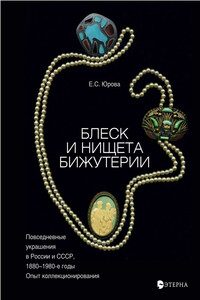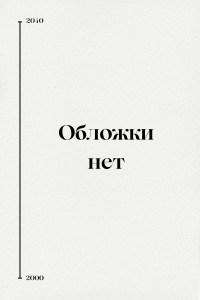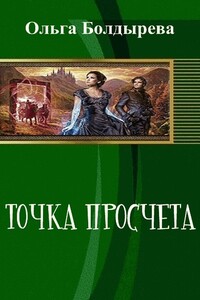
Блеск и нищета бижутерии. Повседневные украшения в России и СССР, 1880–1980 годы
- Автор: Елена Сергеевна Юрова
- Жанры: Домоводство / Изобразительное искусство, фотография
- Год: 2016
- Всего страниц: 99
- Статус: Полная версия
В книге известного московского коллекционера Е.С. Юровой рассказывается об истории бижутерии за сто лет. Во все времена драгоценности были доступны лишь немногим. Недорогие украшения существовали как подделки или как элемент народного костюма. По мере демократизации общества бижутерия постепенно выделилась в отдельный вид прикладного искусства. Дизайном недорогих украшений начали заниматься талантливые художники и ювелиры, а их произведения привлекли внимание искусствоведов и коллекционеров.Для широкого круга читателей, всех тех, кто интересуется историей прикладного искусства и моды.




